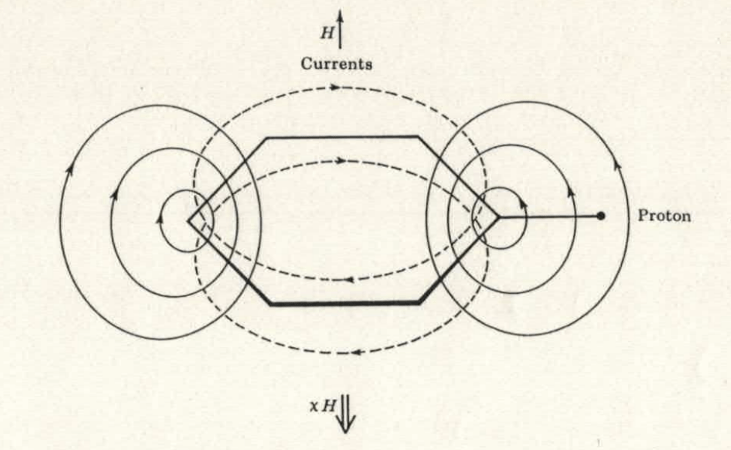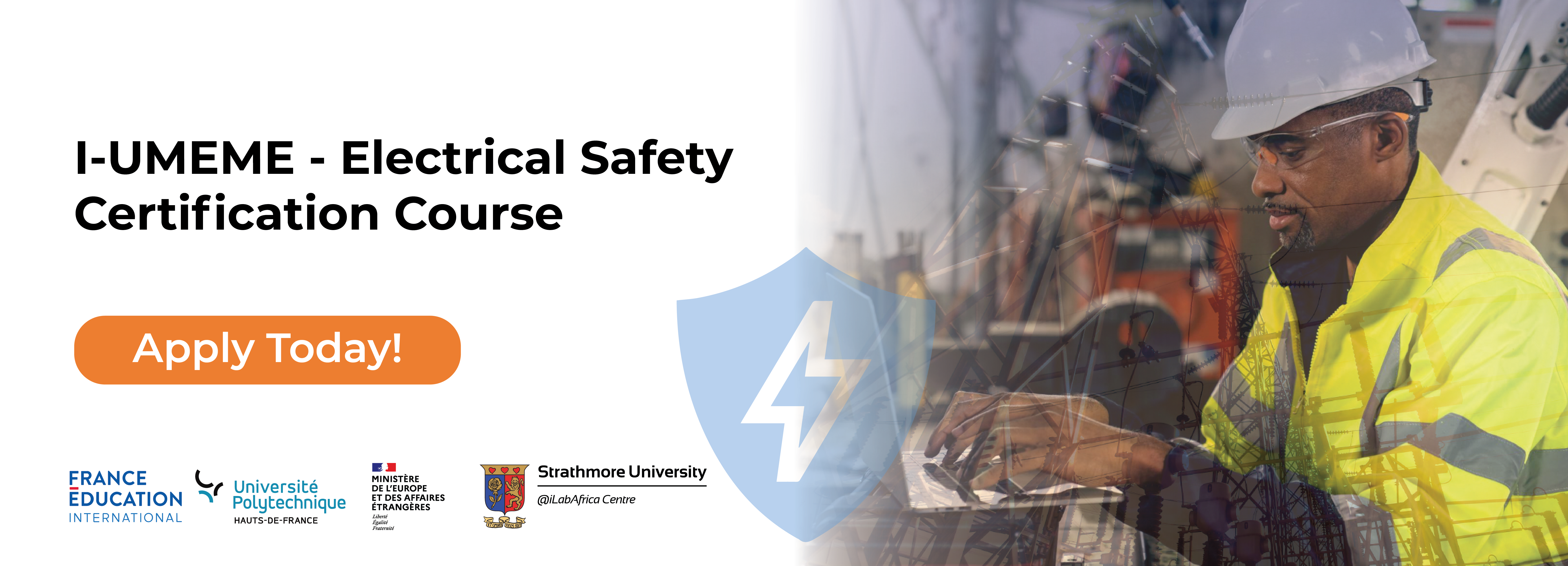MAGNETISM AND SAFETY UNIT |
Magnetism and Safety in Kenya: Invisible Hazards, like magnetic fields and electromagnetic radiation—pose unique risks because they cannot be seen, only detected through their effects. While electricity is a vital energy source, improper handling leads to accidents: globally, 1.2 million people suffer electrical injuries annually, and in Kenya alone, 85 fatalities occur each year due to electrocution. High electromagnetic fields can also disrupt wildlife behavior, affecting navigation in birds and other species.
This unit explores safe practices and innovative solutions to mitigate these risks in workplaces and homes. By fostering a culture of safety, we can protect lives, enhance productivity, safeguard Kenya’s environment, and care for your life !

Our Programmes
Some Notable Projects
The main topic of the unit is the design of a parahydrogen hyperpolariser coil for enhancing the signal to noise of NMR devices. The Project NMR-4-Tropic discussed at a nuclear level the enhancement obtained by using hydrogen molecules in non magnetically equivalent states. The use of parahydrogen is a novel approach to improving the signal-to-noise ratio in NMR devices. This project has been presented together with CEA in a granting scheme called “pamoja” that involved the NRF
The project I-UMEME funded under the ADESFA grant scheme, is an initiative aimed at disseminating information to empower Kenyan citizens in the context of the challenging electrical industry landscape within the African region. The electricity that is one of the main factors of development and integration needs to comply with rules that can not be accepted without a widespread education in electrical safety. The Project so far has reached more than 300 candidates, 80 certified so far.
The project KSK2 is an industrial project with the majors of LPG distribution in Kenya. It discusses the significance of preventing fire accidents in both residential and industrial settings that may arise from informal LPG refuelling. The originality of the approach proposed by the Unit is based on the fact that magnetic fields can be engineered together with a valve whose solenoid actuator in order to demonstrate the hardware lock-key mechanism for LPG safety in Kenya.

